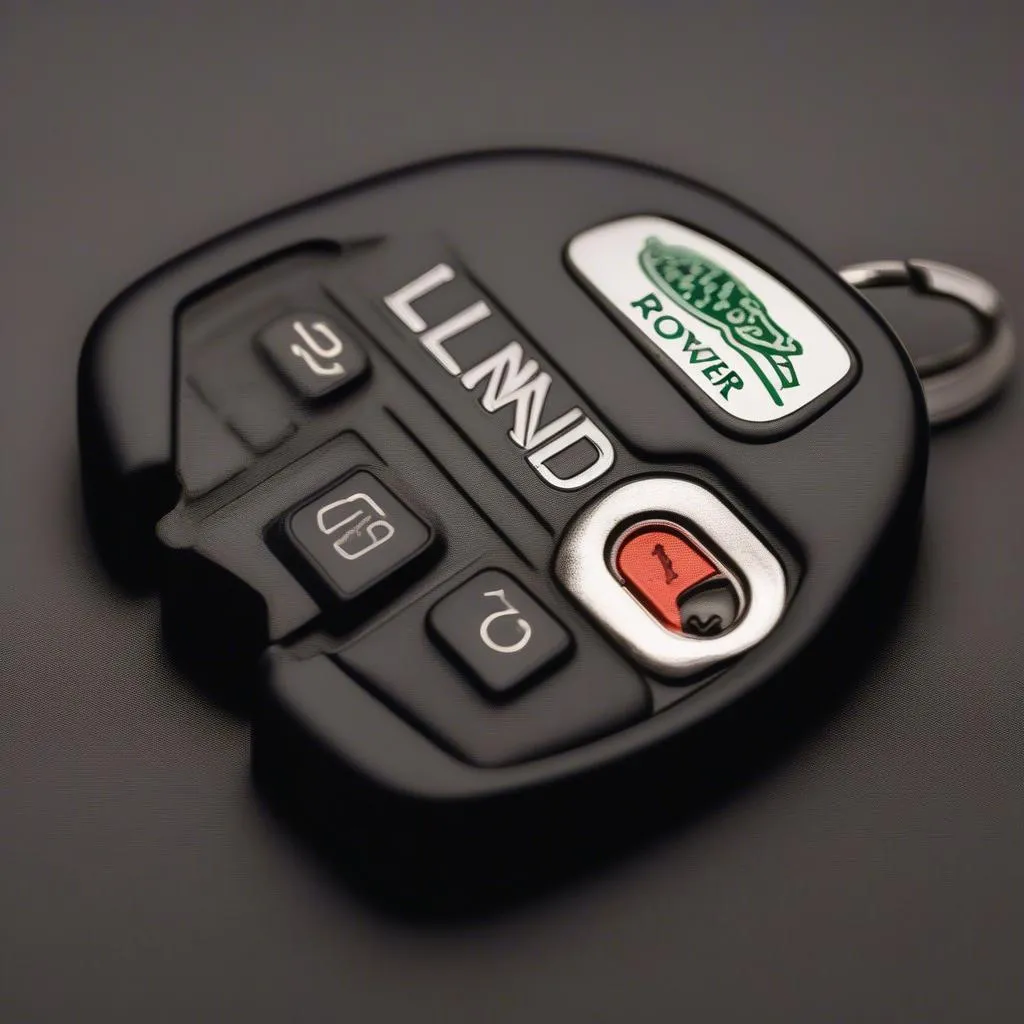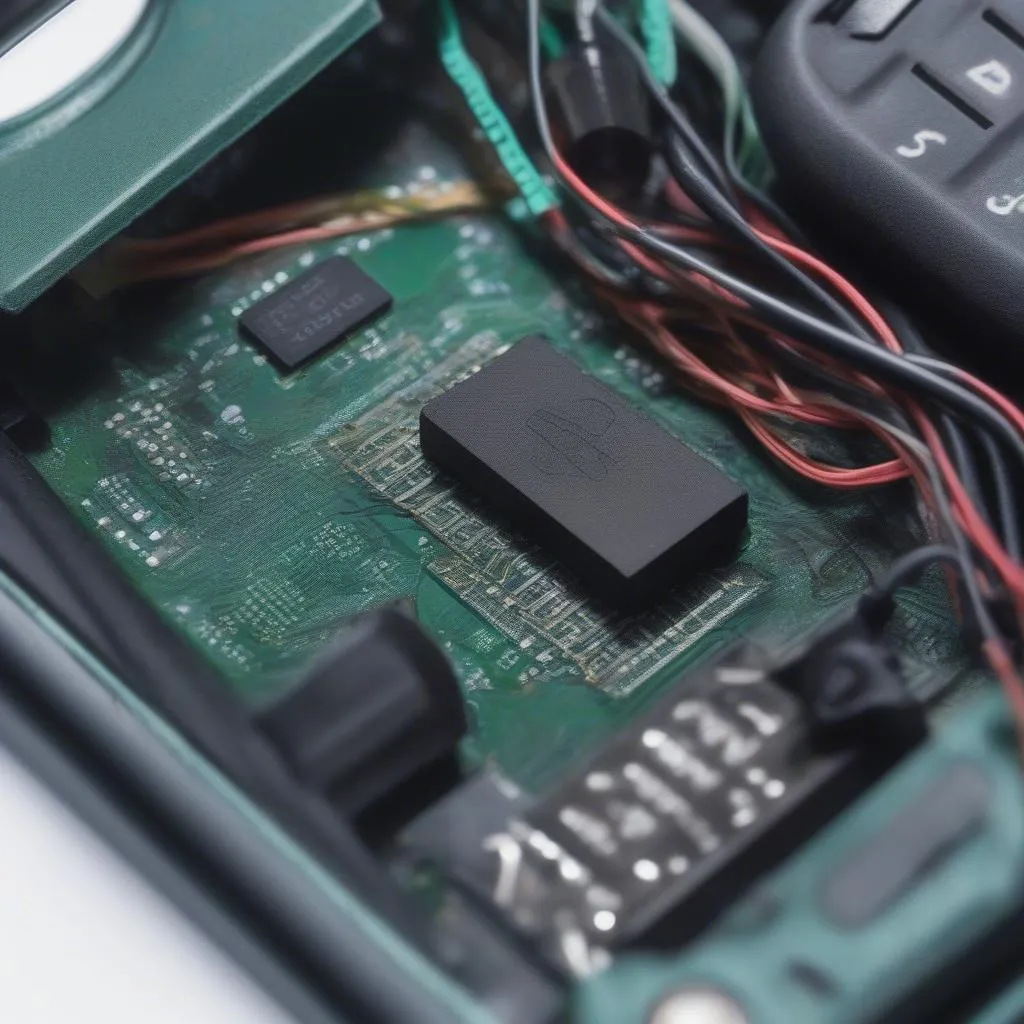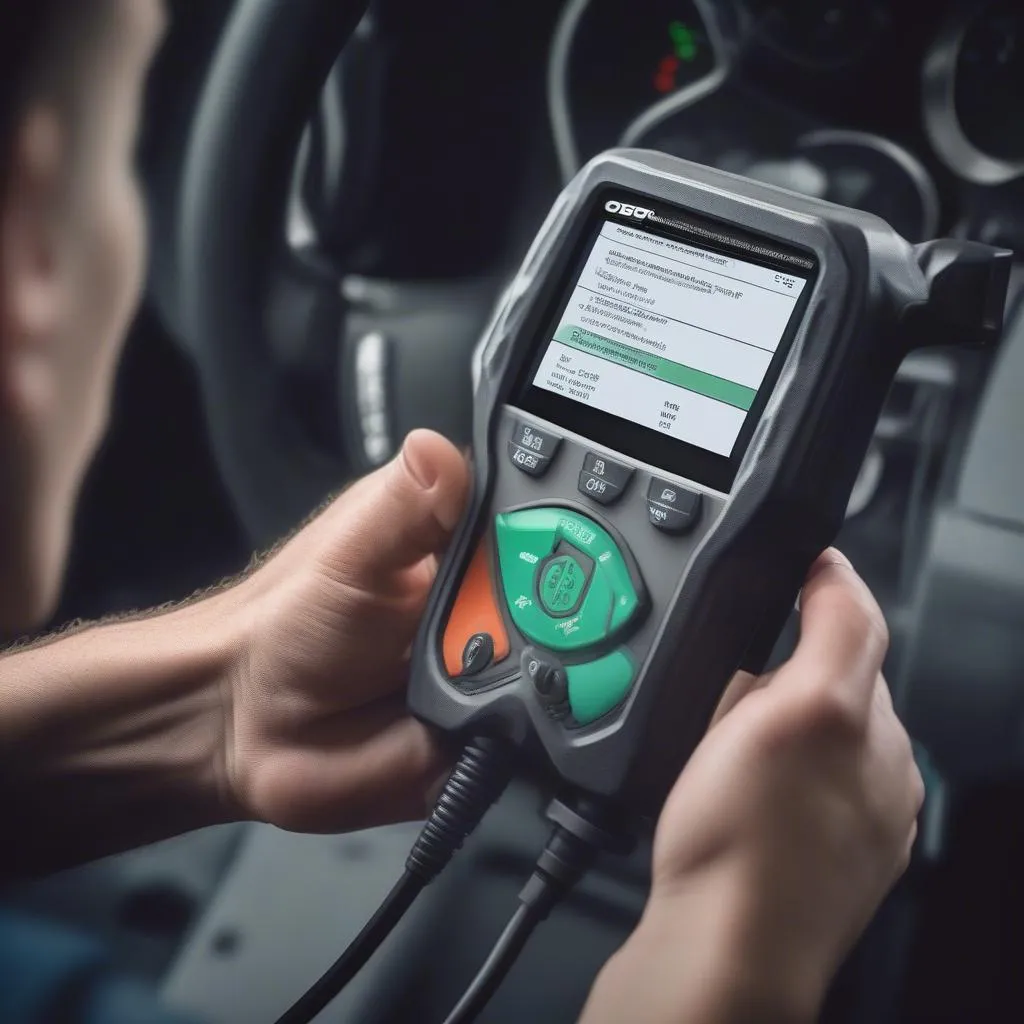Have you ever been driving your Land Rover down the road when the check engine light suddenly illuminates? It’s a frustrating experience, especially if you’re not sure what’s causing the problem. And if you’re seeing the code P1590, you’re not alone. This code is a common one, and it can be a real pain to diagnose.
In this article, we’ll take a look at what Land Rover Obd Code P1590 means, what could be causing it, and how to fix it. We’ll also provide some tips on how to prevent this code from popping up again in the future.
Understanding Land Rover Obd Code P1590
Land Rover OBD code P1590 is a generic code that indicates a problem with the vehicle’s Immobilizer System. The Immobilizer System is a vital part of your car’s security system, preventing unauthorized drivers from starting your vehicle. It’s an electronic system that uses a unique key to identify the vehicle’s owner and prevent theft.
What Does Code P1590 Mean?
Code P1590 specifically indicates a malfunction with the Immobilizer System‘s Transponder Key. The transponder key is a small electronic device inside your car key that sends a unique code to the Immobilizer System. If the Immobilizer System can’t read the transponder key’s code, it will prevent the vehicle from starting.
What Can Cause Code P1590?
There are several reasons why you might be seeing code P1590 on your Land Rover. Here are a few of the most common causes:
- Faulty Transponder Key: This is the most common cause of code P1590. If your transponder key is damaged or has a weak battery, it may not be able to communicate with the Immobilizer System properly.
- Damaged Immobilizer System: The Immobilizer System itself can also be damaged, which can prevent it from communicating with the transponder key. This damage could be caused by a number of things, including a short circuit, a faulty wiring connection, or even a broken antenna.
- Damaged Key Reader: The key reader is the component that reads the transponder key. If the key reader is damaged, it may not be able to read the transponder key’s signal.
How to Diagnose the Problem
Diagnosing the problem behind code P1590 usually involves several steps. It’s important to note that these are general steps and the specifics might vary depending on your Land Rover model.
- Check Your Key: Start by inspecting your key. Look for any signs of damage, such as cracks or scratches. If your key has a battery, make sure it’s not dead. You can try using a spare key, if you have one, to rule out a faulty key.
- Use a Diagnostic Tool: If your key seems fine, you’ll need to use a diagnostic tool to get a more accurate diagnosis. A diagnostic tool can read the OBD codes and provide you with more information about the problem.
- Inspect the Immobilizer System: If the problem isn’t with the key, you’ll need to inspect the Immobilizer System itself. This is a bit more complicated and might require the help of a qualified mechanic.
- Check for Faulty Wiring: A faulty wiring connection can also cause code P1590. Inspect the wiring related to the Immobilizer System and key reader. If you find a loose or damaged wire, you’ll need to repair or replace it.
How to Fix the Problem
Once you’ve diagnosed the problem, you can take steps to fix it. Here are some common solutions:
- Replace the Transponder Key: If your transponder key is damaged, you’ll need to replace it. This can be done by a qualified mechanic or by the dealer.
- Repair or Replace the Immobilizer System: If the Immobilizer System is damaged, you’ll need to repair or replace it. This is a more complex repair and should be done by a qualified mechanic.
- Repair or Replace the Key Reader: If the key reader is damaged, you’ll need to repair or replace it. This is a job that can be done by a qualified mechanic.
Preventative Measures
To prevent code P1590 from popping up again in the future, there are some preventative measures you can take:
- Protect Your Key: Avoid dropping or damaging your key. Keep it in a safe place and avoid exposing it to extreme temperatures.
- Get Your Key Programmed: If you get a new key, make sure to get it programmed by a qualified mechanic or by the dealer. This will ensure that it’s compatible with your Immobilizer System.
- Regular Maintenance: Keep up with regular maintenance, including replacing the battery in your key.
Frequently Asked Questions
Q: Can I Fix Code P1590 Myself?
A: While some simple fixes can be done yourself, like replacing the key battery or checking for loose wiring, it’s generally recommended to consult a qualified mechanic for any issues related to the Immobilizer System.
Q: Will My Land Rover Still Start If I Have Code P1590?
A: Not always. In some cases, the engine might still start, but the Immobilizer System might shut it off after a few seconds.
Q: How Much Does It Cost to Fix Code P1590?
A: The cost of fixing code P1590 can vary depending on the cause and the complexity of the repair. Replacing a transponder key might cost around $100-$200, while replacing the Immobilizer System could cost several hundred dollars or more.
Other Common Land Rover OBD Codes
If you’re seeing other OBD codes on your Land Rover, you can use our website’s search function to learn more about them. We have articles on a variety of Land Rover OBD codes, including:
- P0171 – System Too Lean (Bank 1)
- P0300 – Random/Multiple Cylinder Misfire Detected
- P0420 – Catalyst System Efficiency Below Threshold (Bank 1)
- P2106 – Throttle Actuator Control System – Stuck Open
Need Help?
If you’re still having trouble with code P1590 or any other Land Rover OBD code, don’t hesitate to contact us. We have a team of experienced mechanics who can help diagnose and fix your Land Rover’s problem. You can reach us via Whatsapp at +84767531508.
We’re available 24/7 to help you get back on the road.
 Land Rover Key with OBD Code P1590
Land Rover Key with OBD Code P1590
 Land Rover Immobilizer System
Land Rover Immobilizer System
 Land Rover OBD Scanner
Land Rover OBD Scanner